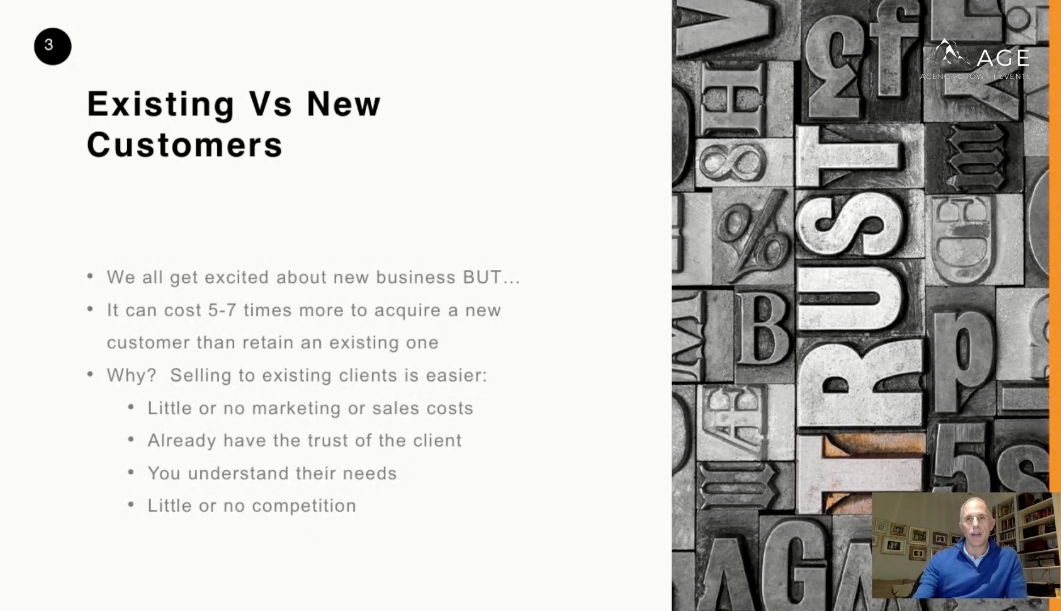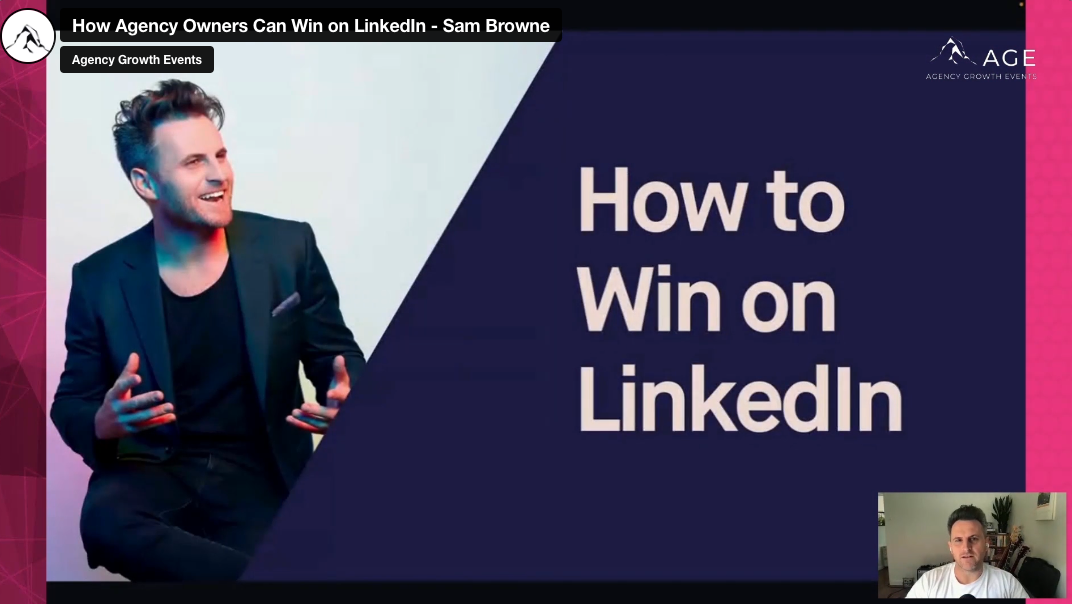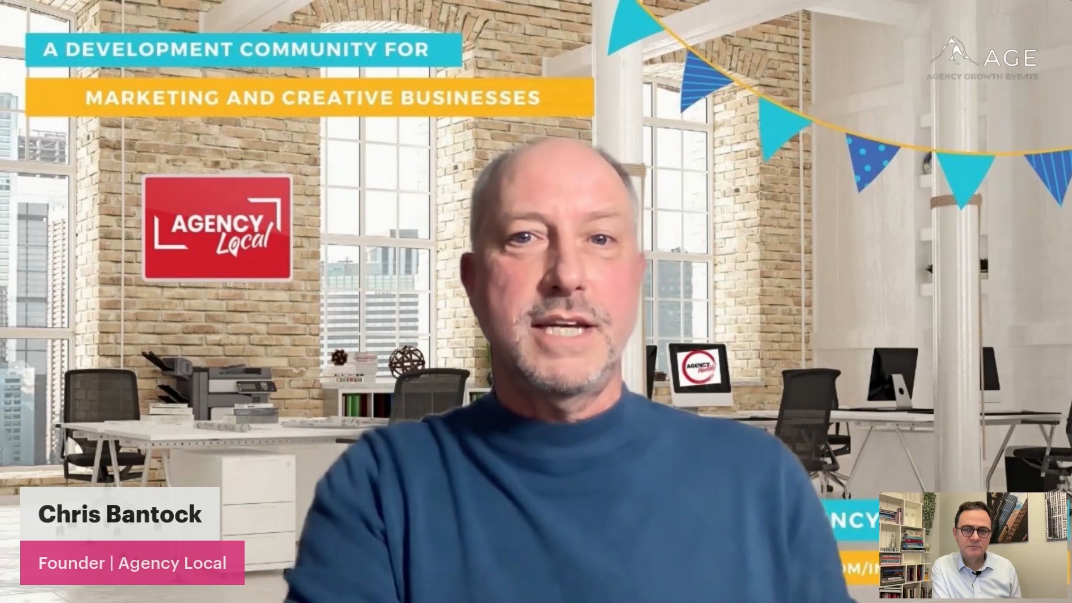S1-E15: Brand, The Most Powerful Lever for Growth, Tim Jones, venturethree
Brand: The most powerful lever for Growth.
We talked to Tim Jones, Strategy Director of venturethree, a London-based high-end brand agency about his thoughts on how your Brand can be the most powerful lever for your growth.
First off, Tim starts by establishing that a brand isn't only the most powerful lever for growth but just about everything!
The immediate next point he makes is on terminology:
"We're not talking about branding (like cattle) but how to build a brand for growth"
There is no denying that a strong brand is a powerful tool for growth. When a brand is well-established and understood by consumers, it can create buy-in and loyalty that can be incredibly beneficial for a company.
But the Brand is not just the collection of the brand identity, the brand's logo, or the brand guidelines. It's so much more. According to Tim, the brand is the nucleus of an organization, right at the heart of it.
A successful brand exists like a living breathing organism, engrained in many layers within the organization like the mission statement, the company name, the business strategy, the marketing strategy and so much more. It helps create a bond between the product and its target audience, converting them into loyal customers and advocates.
It also speaks volumes to the employees with its unique brand voice and personality and gives them a reason to get out of bed every morning.
A great brand is the amalgamation of all these intangible feelings and associations. It encapsulates the brand story. The leadership then wraps around that brand identity and projects the right behaviours day in and day out.
Another key concept Tim introduces here is resonance:
resonant (adjective): having a deep, harmonious, and emotionally stirring effect
Brand resonance is the result of a brand connecting with its audience on an emotional level, creating an emotional connection that motivates people to believe in the brand. When resonance is strong, it creates loyalty and can lead to powerful brand evangelism.
Tim outlines five key principles of Brand led growth:
1. Reframe everything
2. Take the category high ground
3. Own your truth
4. Belief yourself
5. Act on principle
Reframing Everything
By reframing how your brand is perceived, you can open up new growth opportunities. For example, consider the brand King. When it first launched, it was seen as a gaming company. But over time, King reframed itself as a snackable entertainment pioneer and introduced the concept of "Bitesize Brilliance". By doing so, its brand positioning shifted from being a games development company into a wider target market, the entertainment industry.
Taking the category high ground
When you embark on a brand development process, you create a map of all the other brands in your category. But there's also a topography to that map, there are high points and valleys. So, calibrate your brand development strategy to aim for the high ground. This allows you to set yourself apart from the competition and make a strong statement about the kind of company you are and the values you stand for.
One great example of a brand that has successfully claimed the category high ground is Trustpilot. Every player in their category spoke the same language: clickthrough rates, conversion rates, etc. Through the branding process, they redefined their brand personality and added values like collaboration, openness, and coming together to make things better. The end result was their new brand message: Let's upgrade the world. A true leadership position.
Owning your truth
A brand needs to own its truth in order to resonate with its audience. When a brand stands for something and believes in it wholeheartedly, it becomes a powerful force for growth.
Sports Direct was a brand obsessed with value. But as they didn't own their story, people created it for them. Brands need to look deep into their business and find their truth. For Sports Direct "realness" was identified as a brand truth. Cheap was reframed into "for everyone" and the brand quickly became about the power of sports for equality and accessibility.
Belief yourself (not a typo)
A pharmaceutical packaging company that created glass veils was curious about finding their place in a multi-billion industry as a producer of £.04 p glass veils. The brand-building exercise that followed aimed to redefine the brand positioning with a new brand purpose, built on the belief that: Obsession with the smallest things makes the big things possible.
According to Tim another incredibly powerful brand truth comes from Nike: "If you have a body, you're an athlete"
Acting on principle
Many brands aspire to act on principle, but it's not always easy to do. Acting on principle means making decisions that are in line with your brand values, no matter what. It means doing the right thing, even when it's not the most popular thing to do. Principles underline every decision taken in the business. They are the permission for Marketing teams to talk to product teams internally.
Now TV, the streaming platform was fun and smart. But their category has shifted and some of the biggest brands on the planet entered their scene. So, they had to create a point of difference in the space they were in and adopted new brand principles. In doing so, they immediately started crafting new behaviours and a new brand position. Their key differentiator was "flexibility"
That concludes the advice Tim shared during the session. Here are some more ideas on how to use brand marketing techniques to fuel your business growth.
How to Build a Brand for Growth?
Your brand can be a powerful lever for business growth. But how exactly does that happen? What are the ingredients of a Brand that helps you pull that growth lever? Let's have a look:
Set your Brand Positioning right
Increase Brand Awareness
Create your Brand Story
Find your Brand Voice
Ace your Brand Logo and Visual Identity
Set your Brand Positioning right
The first step of any brand strategy work, a brand's positioning statement, defines its unique place in the market. It is what sets a brand apart from its competitors and defines its target audience. A brand's positioning should be clear and relevant to its potential customers as well as existing customers, and it should be reflected in all aspects of the brand's marketing. It's defining what you are, but also what you're not.
It's ok for it to change over time, but it is important to stay true to the core values that define your brand. As a company grows, its brand positioning needs to reflect new products or services it creates, or the new markets it serves, but the underlying message should remain consistent.
Increase Brand Awareness
Building brand awareness is essential for any company looking to grow its business. When consumers are familiar with a brand, they are more likely to buy its products or services, simple as that! Many well-known brand marketing strategies are employed to build brand awareness, but nothing beats word-of-mouth. To achieve true advocacy, you need to seek out and reverse any bad customer service experience out there. Your prospective clients will take positive social media posts from your loyal customers very seriously.
Another important thing to get right is to build a clear brand identity that becomes an easily recognizable brand. It is the extent to which they can recognize and recall your brand when they see it or hear about it. This is one of the most important goals of brand marketing, as it helps make sure that consumers think of your brand when they are ready to make a purchase.
Create your Brand Story
A brand's story is its unique narrative that defines the brand's history and culture. It is what sets a brand apart from its competitors and makes it memorable to consumers. The story should be authentic and relevant to customers, and it should be reflected in all aspects of the brand strategy. Here a good idea is to tie it together with the personal brand of the founders if possible. After all, people relate better with people and can retell stories they believe in.
If you can nail your brand positioning as a founder story-driven brand, this will build brand awareness like wildfire.
Find your Brand Voice
One way to find the right voice is to think about the emotions you want your brand to evoke in consumers. Is your brand playful? Serious? Sophisticated? Funky? Once you've nailed down the emotions you want your brand to communicate, you can start crafting your voice accordingly.
As you define brand identity, try to think of your brand as a person, and create a consistent voice that permeates across all marketing efforts.
Ace your Brand Logo and Visual Identity
Sometimes the most obvious things end up being the most neglected. The most visible part of brand creation, the brand logo needs to be simple and memorable, and it should be consistent across all communications. The elements of your brand strategy, like the positioning statement, story, and identity need to all come together in the brand image and extended across different assets via brand kits; all starting with the logo design.
The resulting brand style guide needs to project a unified look and feel that helps communicate your strong brand identity.
Summing up
This session focused on how a brand can be the most powerful of all the tools for growth. It was noted that a brand must set its positioning right, increase brand awareness, create its brand story, find its brand voice, and ace its brand logo and visual identity. A brand's story should be authentic and relevant to consumers, and it should be reflected in all aspects of the brand's marketing. The brand's visual identity should also be consistent, with a unified look and feel that helps to create a strong brand identity. Tim Jones Strategy Director of venturethree closed by saying "When you get your brand development process right, you can connect to your audience, create buy-in and infuse loyalty."
Thank you for reading! We hope this article has helped to give you a better understanding of how a brand can be the most powerful lever for growth. If you have any questions or need help putting these concepts into practice, please don't hesitate to reach out to us.















